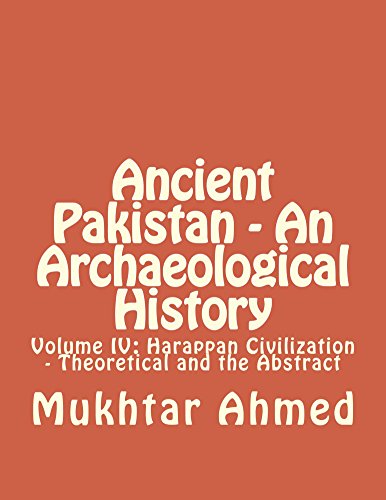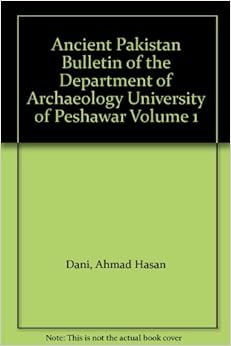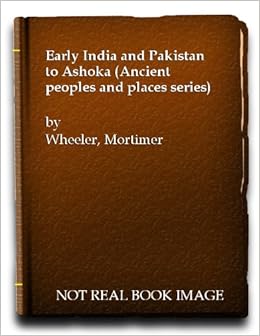Culture, as you rightly said by its organic nature evolve and that is why we tend to see different phases within a single culture/tradition. For example, the early Neolithic settlements of Mehrgarh show how architecture, habitation structures, plant and animal domestication, food and ceramic industry evolved within a single tradition. But different cultures/traditions can be distinguished from each other for their own uniqueness based upon the geographical and climatic influences on it. For example, Mesolithic, proto-Neolithic and Neolithic traditions in Baluchistan, Kashmir and those in India have distinct dissimilarities. Craft activities, burial practices, ceramic industry and habitant structures of the settlement west of river Indus show strong affiliations to those of Southern Turkmenistan and Northern Iran, those in Kashmir shows similar affection to East Asian traditions and those in the Gangetic plains evolved their own traditions (like cattle pens that are quite distinct by its own character in the sub-continent). So, not denying the fact that common cultural elements travel from one region to another, each region represent exclusive specialities that makes the foundation of future traditions distinctly recognizable from each other.
Now coming to culture as a common binding factor; Indians knew the art of clay-wood architecture and sculpture much before they came heavily in contact with Persians and Greeks. The Bull and elephant in Sarnath abacus was a complete Indian concept of art (Vincent Smith). From Gandhara in the North West to Anga in the East, the artistic themes of cave architecture, stupas, pillars and stone inscriptions, not withstanding their regional variations was quite common throughout the subcontinent. Sanskrit and Prakrit classical Buddhist and Jain literature flourished, Socio-economic and religious systems in this vast swath of land remained unaffected by the political rivalries of the sixteen political republics. This is the reason, the Greeks, Chinese or Arab travellers consistently recognized the region as a cultural/civilization unit quite unique of its own from what they saw dominant West of Indus.
Buddhist India is a must read to understand what ancient India was all about. You will definitely find it fascinating.
Buddhist India : Rhys Davids T.W. : Free Download & Streaming : Internet Archive

























